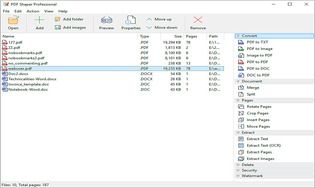


Customers got a more affordable source of backup electricity in case of a power outage. In 2017, the utility partnered with Tesla to subsidize Powerwall batteries for its customers. Vermont utility Green Mountain Power operates a virtual power plant that's been a success. Batteries raise supply rather than reduce demand, but the end result is the same: Customers who enroll their batteries receive a cash incentive. During peak events and given a day's notice, the utility can feed a certain amount of energy from your battery back into the grid to meet the higher demand. A utility pays customers to give up some control of their home battery.In return for giving up some control over their thermostat, the customer requires less energy for their air conditioner and gets paid for helping reduce demand. The customers agree that, given 24 hours notice, the company can raise their thermostat setting a few degrees Fahrenheit (or Celsius) during a certain number of that year's hottest days. That company gets the utility's customers to give it limited control over their smart thermostats.

A utility contracts with a third-party company to meet peak demand throughout the year.VPPs can take different forms, but simple hypothetical examples might look like this. The strength of a VPP is that if one source can't meet this load, like if it's cloudy in one area or the wind isn't strong, it can lean on other energy sources within its network. What a virtual power plant does is make sure that when the load increases, the electricity supply increases to match that load." "If the plant is incapable of following the load, when you come in and turn on the lights, they start to flicker or there may be a brownout or blackout. "A power plant operator's job is to make sure the electricity is there when people need it," Pearce said. When people come home from work and start turning lights on, it creates a lot more demand for electricity. Pearce gives the example of an apartment building, where electricity use is constant because appliances such as refrigerators are always on. The technological advances that make this possible are more efficient inverters, smart meters and economical battery systems. It's the energy equivalent of drawing processing power from a network of linked-up individual computers versus a central mainframe computer." This model is called a virtual power plant, which the German agency explains "uses intelligent controls to aggregate electricity from its members and distribute it flexibly, mimicking a central power plant. Next Kraftwerke didn't accomplish this feat by burning fossil fuels, according to Germany's Federal Ministry for Economic Affairs and Climate Action, but by pooling together the generation capabilities of "over 13,000 independent renewable energy plants - including wind, photovoltaic, hydropower and bioenergy - as well as the electricity consumers, prosumers and storage units in the network." Most of the energy, 60%, comes from solar. The likely future of power generation can be glimpsed in Germany, where in 2022 energy company Next Kraftwerke "passed the 10,000 megawatt mark of networked capacity" - enough energy to serve about 5 million US homes.


 0 kommentar(er)
0 kommentar(er)
